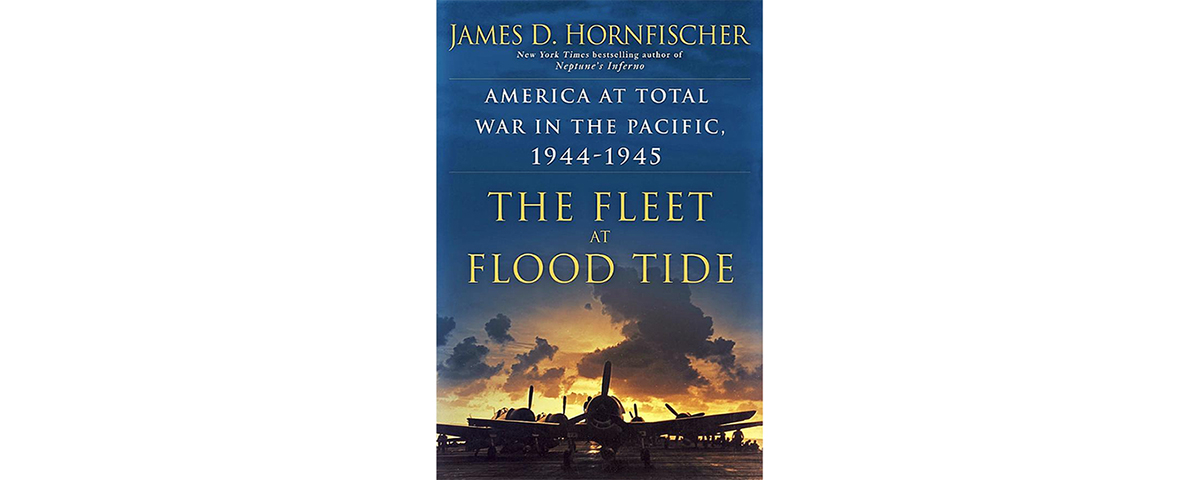The Fleet at Flood Tide: America at Total War in the Pacific, 1944–45, by James D. Hornfischer, Bantam Books, New York, 2016, $35
“For they sow the wind and reap the whirlwind,” begins Verse 7 from Chapter 8 of the Old Testament Book of Hosea. According to author Hornfischer, the Japanese sowed the wind at Pearl Harbor, and it was during the U.S. campaign to capture the Marianas in 1944 they finally began to reap the whirlwind. The author makes the case the United States halted the Japanese advance at the Battle of Midway, while the Guadalcanal campaign had been a battle of attrition in which the Americans eventually prevailed. However, as Hornfischer explains in this fascinating new book, the U.S. had fought those campaigns with prewar assets that had survived the debacles at Pearl Harbor and the Philippines. It was in the 1944 campaign in the Central Pacific the United States finally unleashed a new generation of warships, aircraft and troop formations, risen phoenix-like from the ashes.
In December 1941 a seemingly unstoppable Japanese war machine had stormed eastward across the Pacific, overwhelming everything in its path. From the outset of 1944, however, U.S. military power began to overwhelm the Japanese.
The period of 1944–45 represented the zenith of American military power. Yet in a sense the title is somewhat misleading, because The Fleet at Flood Tide is not concerned solely with the “fleet,” but also with the Marines, Army, Army Air Forces and even the development of the atomic bomb. The conquest of the Marianas was a combined Navy/Marines/Army operation, and once captured, the islands were transformed into bases from which the Twentieth Air Force launched its devastating strategic bombing offensive against the Japanese Home Islands. One of those islands became the launching site from which the atomic bombs were deployed, an act the author cites as the principal factor in Emperor Hirohito’s decision to accept the Allies’ surrender terms.
Hornfischer’s narrative reads like an epic novel in which a number of seemingly disparate narratives and characters are interwoven to form a single complex story line that all comes together in the end. It is a welcome addition to the author’s previous books on the Pacific War. While primarily centered on the Marianas and Palau Islands campaign, The Fleet at Flood Tide presents a comprehensive and highly readable history of the closing year and a half of the Pacific War.
—Robert Guttman





